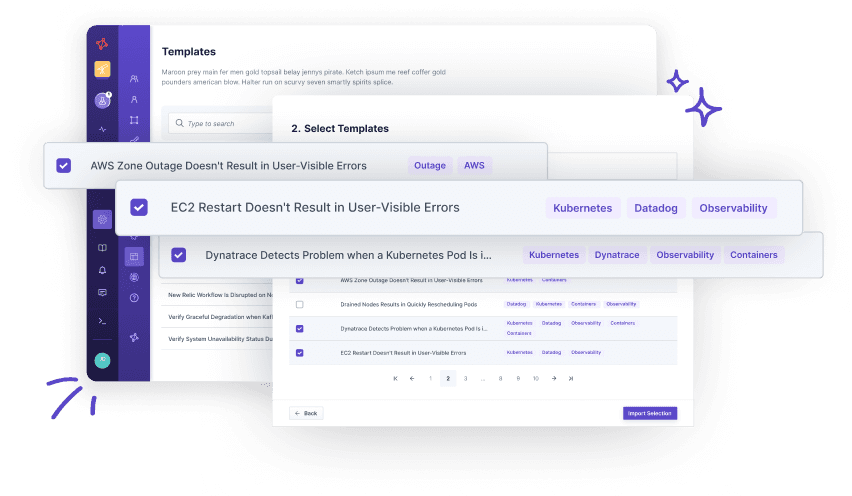New Relic Should Detect a Crash Looping as Problem
New Relic Should Detect a Crash Looping as Problem
New Relic Should Detect a Crash Looping as Problem
New Relic Should Detect a Crash Looping as Problem
Verify that New Relic alerts you that pods are not ready to accept traffic for some time.
Motivation
Kubernetes features a readiness probe to determine whether your pod is ready to accept traffic. If it isn't becoming ready, Kubernetes tries to solve it by restarting the underlying container and hoping to achieve its readiness eventually. If this isn't working, Kubernetes will eventually back off to restart the container, and the Kubernetes resource remains non-functional.
Structure
First, check that New Relic has no critical events for related entities. As soon as one of the containers is crash looping, caused by the Steadybit attack crash loop, New Relic should detect this via an incident to ensure your on-call team is taking action.
Solution Sketch
How to use this template?
Import via Hub Connection
Steadybit’s Reliability Hub is already connected to your platform. If you are an admin, you can just easily import templates with just one click.
Are you on-prem?
This is how you import Templates

